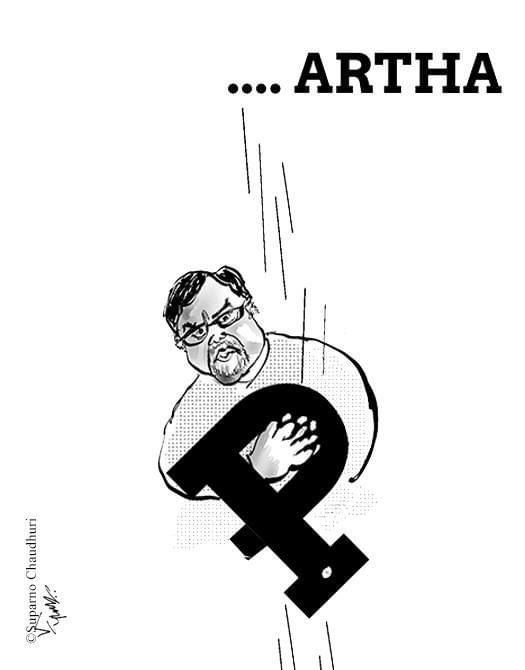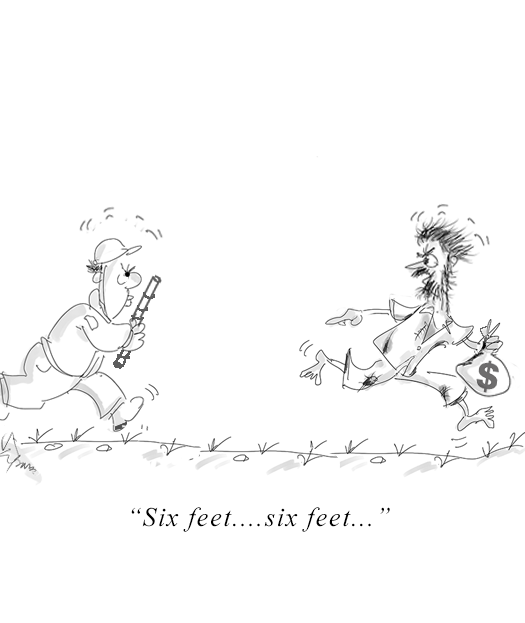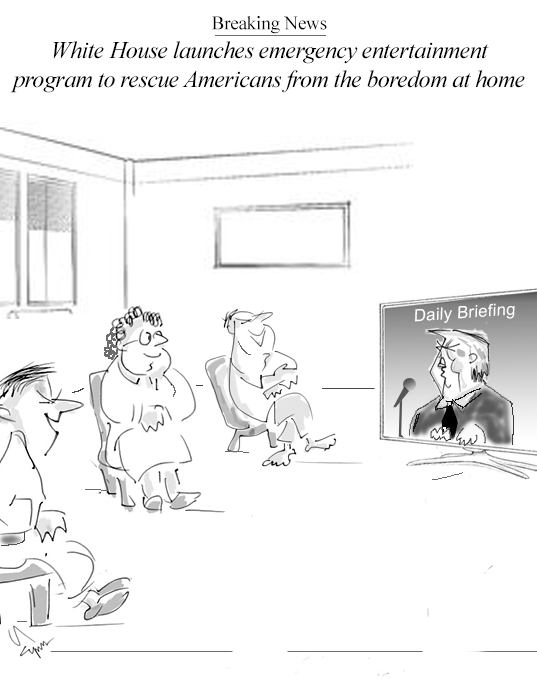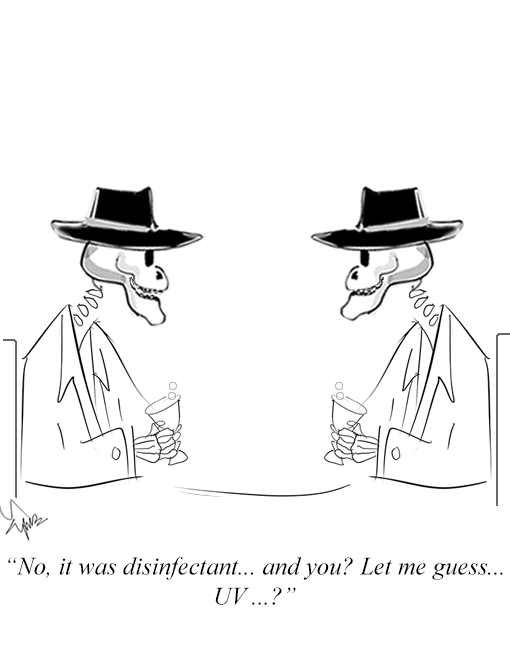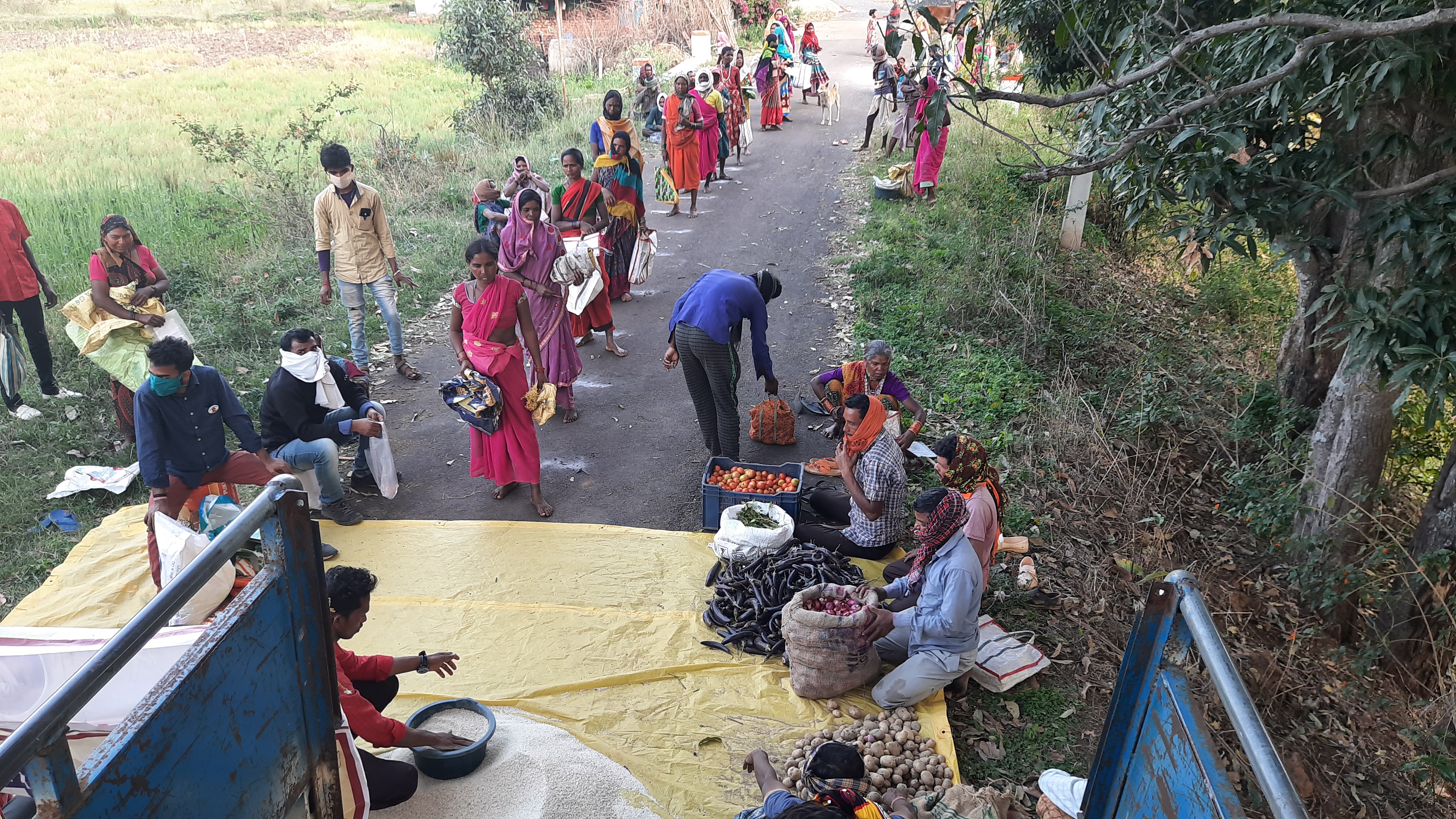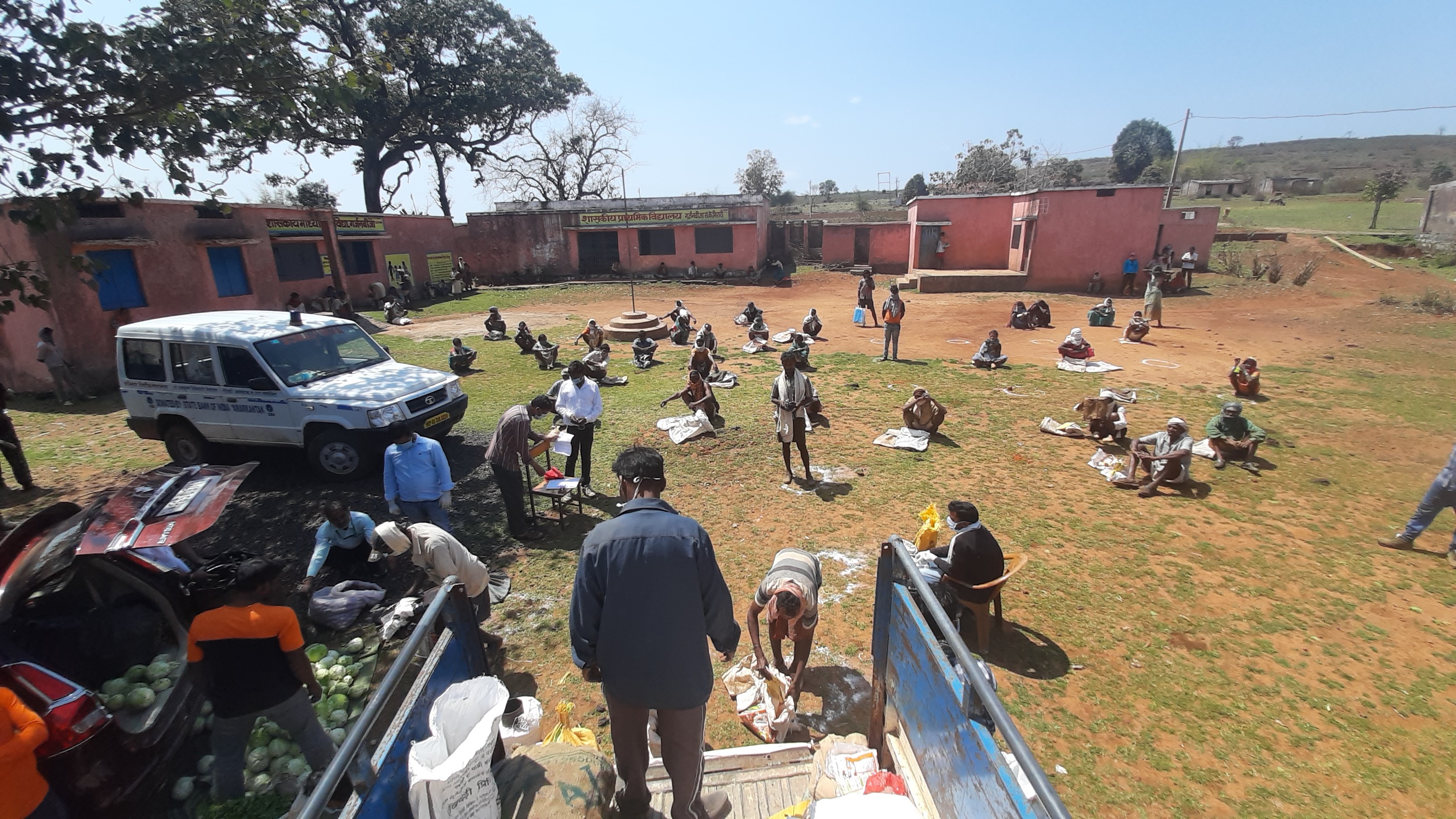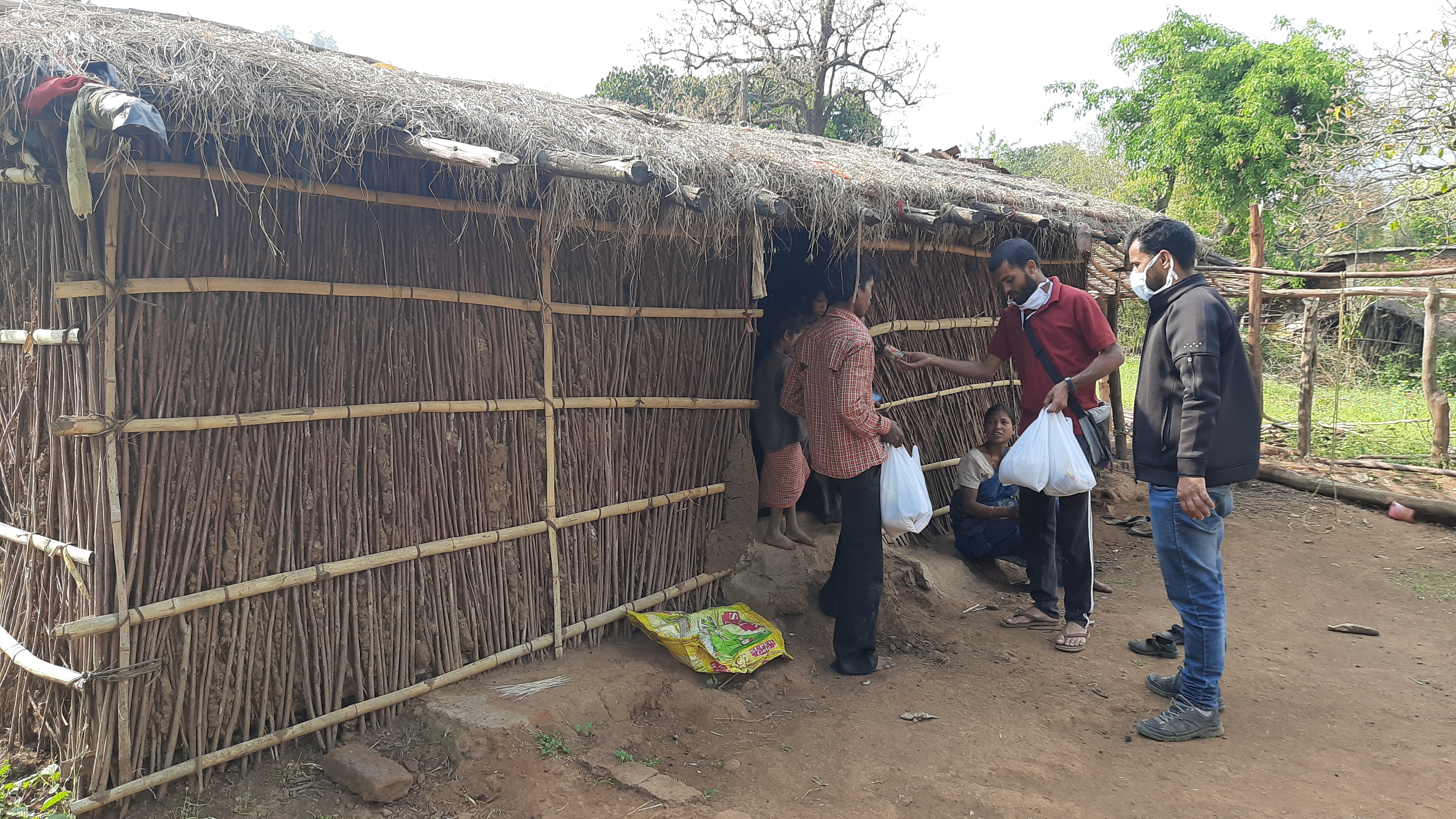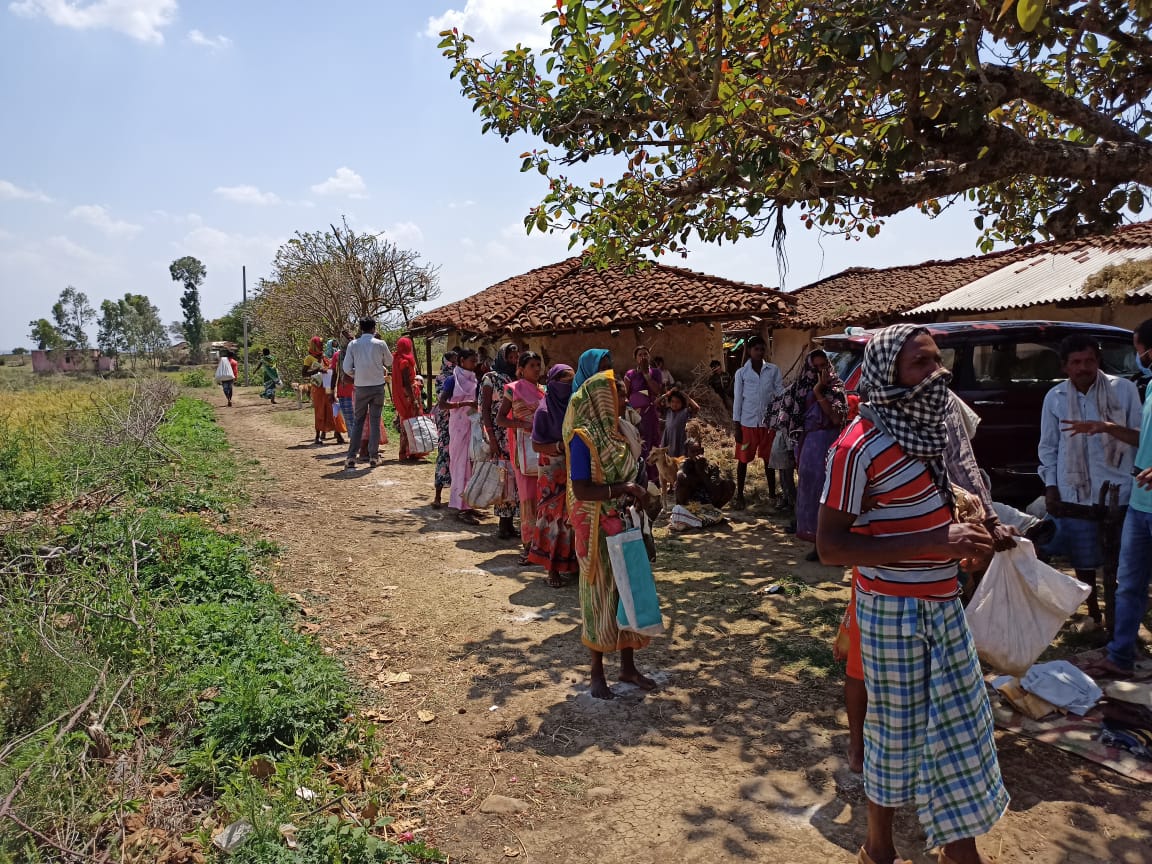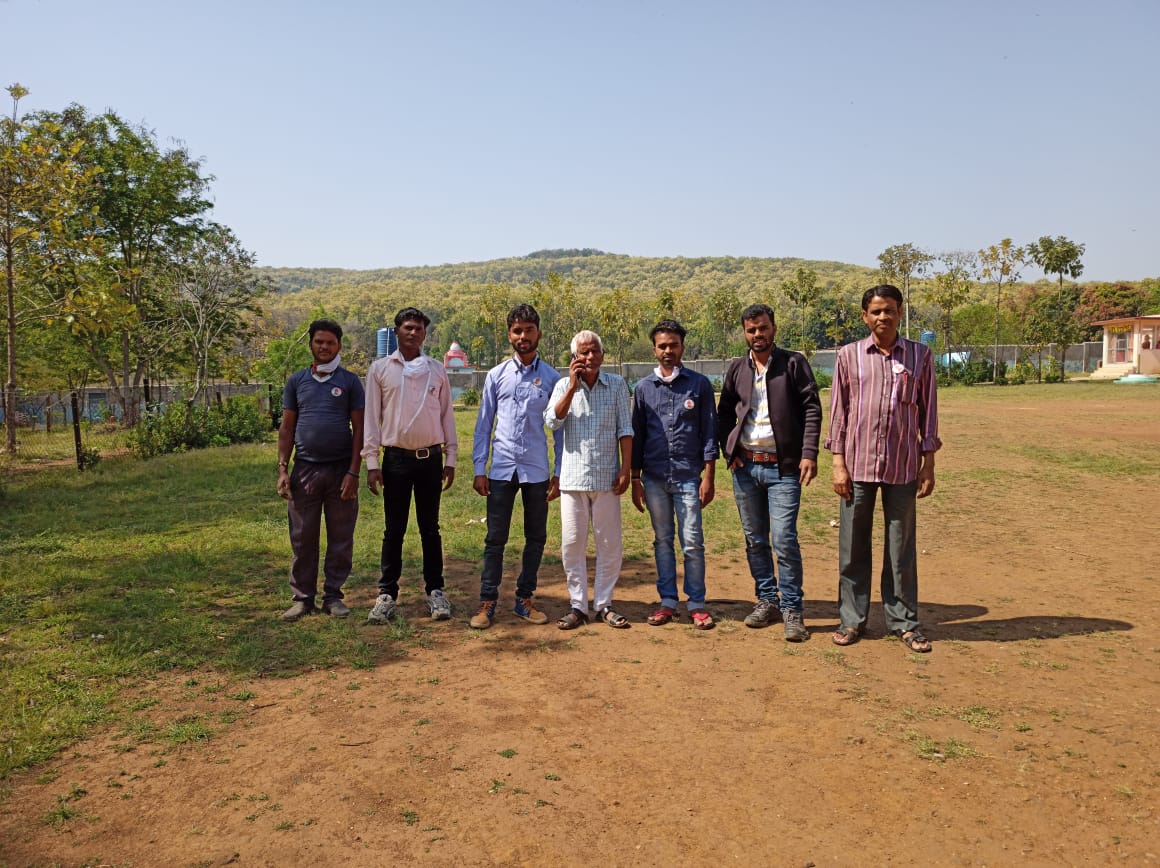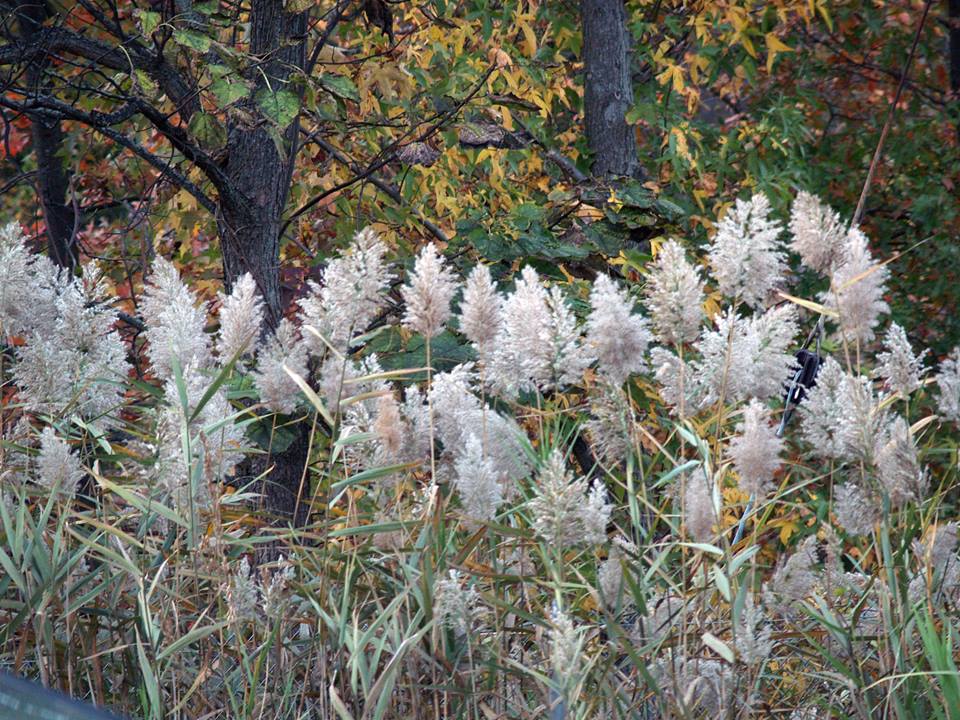Social distancing and wearing masks isn’t a new idea in the battle against the pandemic. They saved thousands of lives during the 1918 flu pandemic which lasted from February 1918 to April 1920. The efforts implemented then to stem the flu’s spread in cities across America — and the outcomes — may offer lessons for battling today’s crisis.
In the 1918 flu pandemic, also known as Spanish flu, an estimated 500 million or about one-third of the world’s population perished.
Masks became the facial frontlines in the battle against the virus. But as they have now, the masks also stoked political division. Then, as now, public health experts urged the wearing of masks to help slow the spread of disease. And then, as now, some people resisted.
Although there’s no universal consensus regarding where the virus originated, the first infections were identified in March the same year, at an Army base in Kansas, where 100 soldiers were infected.
The number of flu cases grew five-fold within a week, and the disease soon took hold of the entire country, prompting some cities to impose quarantines and mask orders to contain it.
By the fall of 1918, seven cities — San Francisco, Seattle, Oakland, Sacramento, Denver, Indianapolis and Pasadena, California — had put in effect mandatory face mask laws, said Dr Howard Markel, a historian of epidemics and the author of Quarantne.
Organized resistance to mask wearing was not common, Dr Markel said, but it was present. “There were flare-ups, there were scuffles and there were occasional groups, like the Anti-Mask League,” he said, “but that is the exception rather than the rule.”
People who resisted complained about appearance, comfort and freedom, even after the flu wiped out an estimated 195,000 Americans in October alone.
Alma Whitaker, writing in The Los Angeles Times on October 22, 1918, reviewed masks’ impact on society and celebrity, saying famous people shunned them because it was “so horrid” to go unrecognized.
However, those violated the rules were fined $5 to $10, or 10 days’ imprisonment. On November 9, 1,000 people were arrested, The San Francisco Chronicle reported. City prisons swelled to standing room only; police shifts and court sessions were added to help manage. Jail terms of 8 hours to 10 days were given out. Those who could not pay $5 were jailed.

Cartoon: Suparno Chaudhuri
On October 28, a blacksmith named James Wisser stood on Powell and Market streets in front of a drugstore, urging a crowd to dispose of their masks, which he described as “bunk.”
A health inspector, Henry D. Miller, led him to the drugstore to buy a mask.
At the door, Mr Wisser struck Mr Miller with a sack of silver dollars and knocked him to the ground, The San Francisco Chronicle reported. While being “pummeled,” Mr Miller, 62, fired four times with a revolver. Passers-by “scurried for cover,” The Associated Press said.
Mr Wisser was injured, as were two bystanders. He was charged with disturbing the peace, resisting an officer and assault. The inspector was charged with assault with a deadly weapon.
The LA Times carried a story, ‘To Mask or Not to Mask’, when city officials met in November to decide whether to require residents to wear “germ scarers” or “flu-scarers.”
Dramatic demographic shifts in the past century have made containing a pandemic increasingly hard. The rise of globalization, urbanization, and larger, more densely populated cities can facilitate a virus’ spread across a continent in a few hours—while the tools available to respond have remained nearly the same. Now as then, public health interventions are the first line of defense against an epidemic in the absence of a vaccine. These measures include closing schools, shops, and restaurants; placing restrictions on transportation; mandating social distancing, and banning public gatherings.
Of course, getting citizens to comply with such orders is another story: In 1918, a San Francisco health officer gunned down three people when one refused to wear a mandatory face mask. In Arizona, police handed out $10 fines for those caught without the protective gear. But eventually, the most drastic and sweeping measures paid off.
Nina Strochlic and Riley D. Champine, in the story ‘How some cities flattened the curve during the 1918 flu epidemic’, wrote in National Geographic:
In 2007, a study in the Journal of the American Medical Association analyzed health data from the U.S. census that experienced the 1918 pandemic, and charted the death rates of 43 U.S. cities. That same year, two studies published in the Proceedings of the National Academy of Sciences sought to understand how responses influenced the disease’s spread in different cities. By comparing fatality rates, timing, and public health interventions, they found death rates were around 50 per cent lower in cities that implemented preventative measures early on, versus those that did so late or not at all. The most effective efforts had simultaneously closed schools, churches, and theaters, and banned public gatherings. This would allow time for vaccine development (though a flu vaccine was not used until the 1940s) and lessened the strain on health care systems.
In 1918, the studies found, the key to flattening the curve was social distancing. And that’s likely to be true a century later, in the current battle against coronavirus. “[T]here is an invaluable treasure trove of useful historical data that has only just begun to be used to inform our actions,” Columbia University epidemiologist Stephen S. Morse wrote in an analysis of the data. “The lessons of 1918, if well heeded, might help us to avoid repeating the same history today.”
President Donald Trump’s refusal to set an example by wearing a face covering, despite growing evidence that it may be one of the most effective ways to slow America’s increasingly disastrous coronavirus pandemic, has been a fatuous political statement.
By going barefaced when everyone around him masked up, the President created a false impression that the worst was behind the Americans, that normality was about to come roaring back.
Let’s take lessons from the 1918 flu pandemic and mask up and abide by the social-distancing guidelines to send the coronavirus into retreat.
